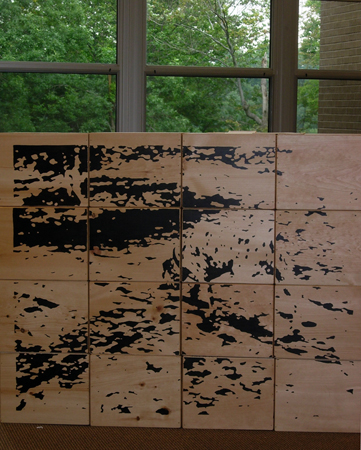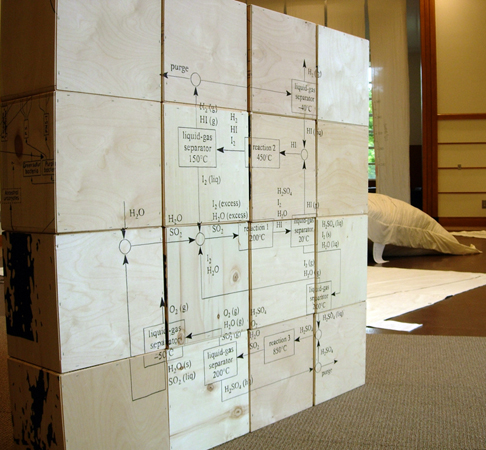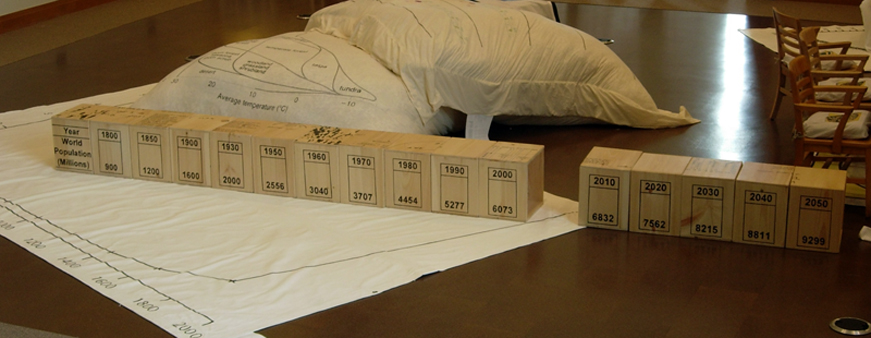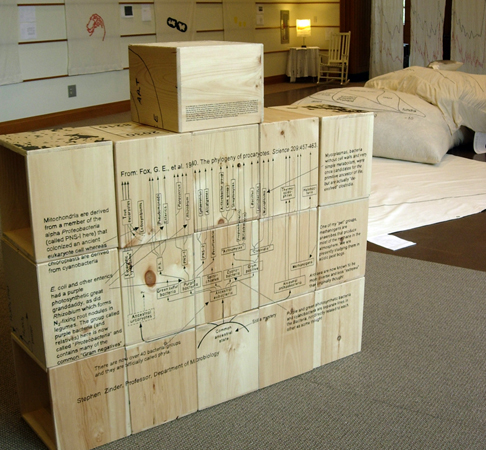puzzle box
Can you find the dalmation in the first image?
science of sight
Image submitted by James Cutting
Can you find the dalmation?
"This image ... first appeared in a psychology textbook in 1972. The question is: How do we perceive and understand the shape of objects around us. James's images tells us, in ways much easier than any experiment could, that texture gives us sufficient clues to see a dalmation on a sidewalk with leaves. The shape of the dalmation's spots are enought to show its generally cylindrical torso and legs (as broken-shaped cylinders). From the standpoint of traditional perception in the mid-late 20th century, this image knocked your socks off."
Backside of Intermedia
Tree of Life
Image submitted by Stephen Zinder
"In my first year as a Cornell faculty member, a comprehensive review paper was published in Science by Carl Woese of the University of Illinois and many collaborators (including Dr. Jane Gibson in Cornell's Section of Biochemistry). Figure 1 was the first tree of all cellular life based on phylogenetic analyses of nucleic acid sequences (in this case the 16S tRNA molecule and its homologues.). Until then, classification of microorganisms was highly subjective, and the effect of this tree on microbiology is analogous to that of the periodic table on chemistry... the course was set fora scientific revolution and I knew microbiology and evolutionary thought would never be the same."
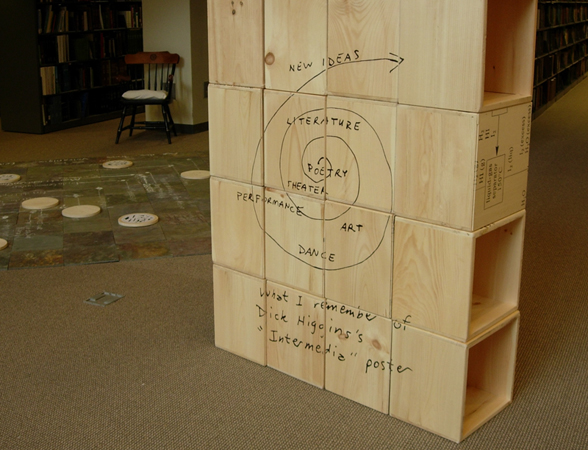
Bissel Gallery, Ithaca, NY
I love cubes. I love their modularity. I love their sides.
This piece used multiple images from the Visualizing Meaning survey and placed them on different sides of 16 cubes. While functional for storage, it is also a puzzle of 5 different images by rotating the cubes.
